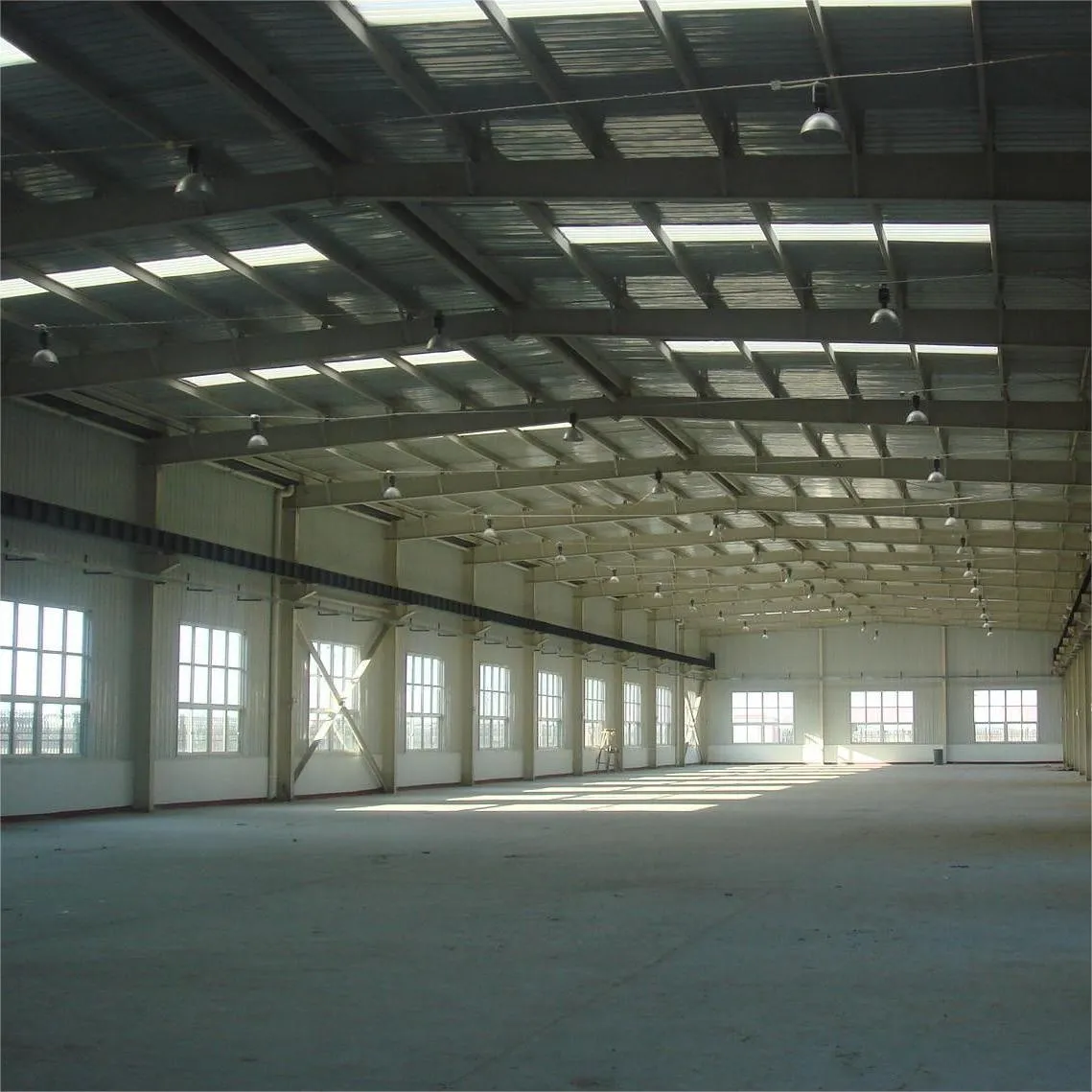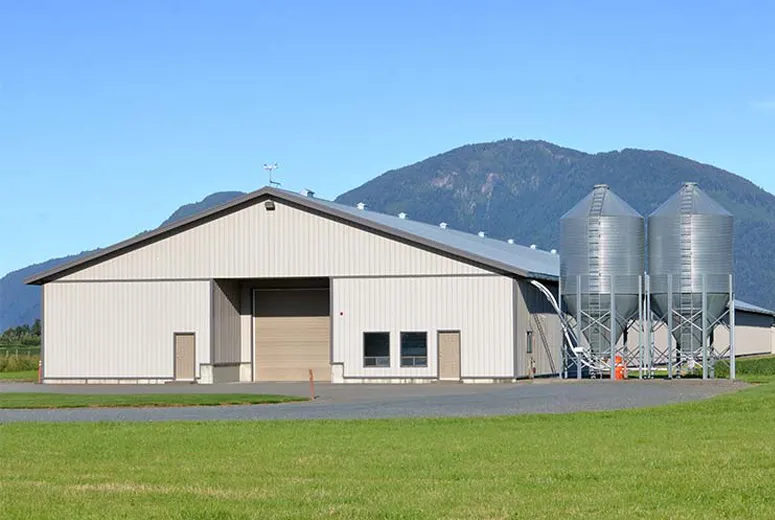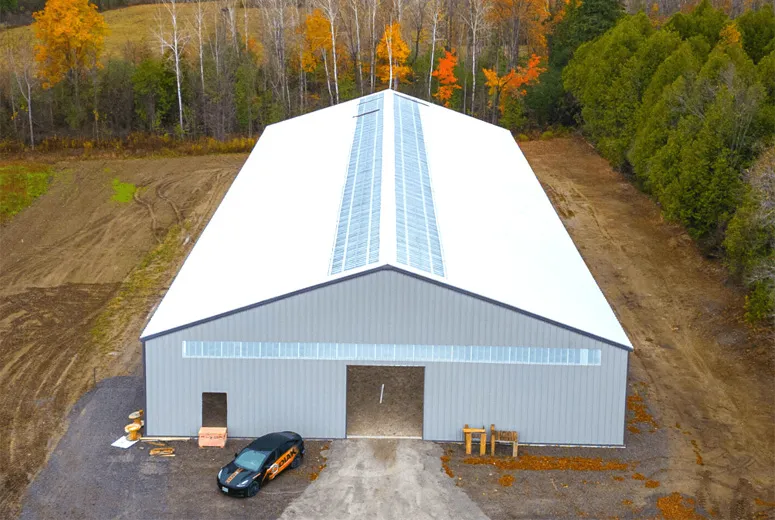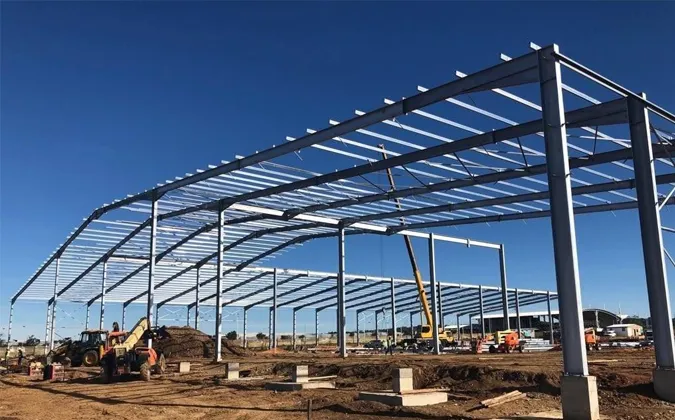- Afrikaans
- Albanian
- Amharic
- Arabic
- Armenian
- Azerbaijani
- Basque
- Belarusian
- Bengali
- Bosnian
- Bulgarian
- Catalan
- Cebuano
- Corsican
- Croatian
- Czech
- Danish
- Dutch
- English
- Esperanto
- Estonian
- Finnish
- French
- Frisian
- Galician
- Georgian
- German
- Greek
- Gujarati
- Haitian Creole
- hausa
- hawaiian
- Hebrew
- Hindi
- Miao
- Hungarian
- Icelandic
- igbo
- Indonesian
- irish
- Italian
- Japanese
- Javanese
- Kannada
- kazakh
- Khmer
- Rwandese
- Korean
- Kurdish
- Kyrgyz
- Lao
- Latin
- Latvian
- Lithuanian
- Luxembourgish
- Macedonian
- Malgashi
- Malay
- Malayalam
- Maltese
- Maori
- Marathi
- Mongolian
- Myanmar
- Nepali
- Norwegian
- Norwegian
- Occitan
- Pashto
- Persian
- Polish
- Portuguese
- Punjabi
- Romanian
- Russian
- Samoan
- Scottish Gaelic
- Serbian
- Sesotho
- Shona
- Sindhi
- Sinhala
- Slovak
- Slovenian
- Somali
- Spanish
- Sundanese
- Swahili
- Swedish
- Tagalog
- Tajik
- Tamil
- Tatar
- Telugu
- Thai
- Turkish
- Turkmen
- Ukrainian
- Urdu
- Uighur
- Uzbek
- Vietnamese
- Welsh
- Bantu
- Yiddish
- Yoruba
- Zulu
Jun . 11, 2025 10:51 Back to list
In the realm of contemporary architecture and industrial development, steel has emerged as a cornerstone material, driving innovation in both functionality and design. The integration of steel building and structures spans diverse sectors, from commercial complexes to industrial facilities, offering durability, flexibility, and cost - efficiency. Complementary aspects such as steel building design, steel building construction, and specialized solutions like econ industrial building and fast industrial building further underscore the versatility of steel in meeting evolving construction demands.

The Core Advantages of Steel Building and Structures
Steel building and structures have revolutionized construction by providing a robust framework capable of withstanding extreme weather conditions and heavy loads. In industrial settings, steel structures are preferred for their fire resistance and minimal maintenance requirements compared to traditional materials like wood. For example, a large - scale warehouse utilizing steel building and structures can support heavy machinery and storage systems while maintaining structural integrity over decades. The inherent strength of steel also allows for open - span designs, eliminating the need for internal columns and maximizing usable space in facilities such as sports arenas or aircraft hangars.
Innovations in Steel Building Design
Steel building design focuses on optimizing both aesthetics and performance. Modern architects leverage steel’s malleability to create iconic, curved structures or sleek, minimalist facades for commercial buildings. In sustainable design, steel’s recyclability plays a key role; up to 90% of steel components can be recycled, reducing environmental impact. For instance, a mixed - use urban development incorporating steel building design might feature energy - efficient steel frames with integrated insulation, aligning with green building standards. Additionally, computer - aided design (CAD) tools enable precise modeling of steel structures, ensuring seamless integration of mechanical, electrical, and plumbing systems during the design phase.
Streamlining Steel Building Construction
The process of steel building construction is defined by efficiency and precision. Prefabricated steel components, manufactured off - site in controlled environments, are transported to the construction site for rapid assembly. This modular approach reduces on - site labor and minimizes delays caused by weather or material shortages. In industrial projects, such as the erection of a new manufacturing plant, steel building construction can cut project timelines by up to 50% compared to traditional masonry methods. Welding and bolting techniques ensure strong, reliable connections, while advanced coating technologies protect steel from corrosion, extending the lifespan of the structure.
Econ Industrial Building: Balancing Cost and Performance
Econ industrial building solutions are designed to deliver high - quality structures at competitive costs. These buildings often utilize standardized steel framing systems, which reduce material waste and simplify installation. For small to medium - sized enterprises, an econ industrial building might include pre - engineered steel trusses and metal roofing, providing a cost - effective alternative to custom - designed structures without compromising durability. Features like insulated panels and energy - efficient lighting systems further enhance the economic viability of these buildings, lowering long - term operational costs.
Fast Industrial Building: Meeting Urgent Construction Demands
Fast industrial building addresses the need for rapid deployment in sectors such as logistics, emergency response, or temporary storage. Using pre - designed steel kits, these buildings can be assembled in days or weeks, rather than months. For example, a distribution company expanding its operations might opt for a fast industrial building to quickly establish a new warehouse. The modular nature of steel allows for easy expansion or modification, ensuring the structure can adapt to changing business needs. Advanced connection systems, such as self - locking bolts or clip - on panels, further accelerate the construction process while maintaining structural compliance with local building codes.
FAQ: Key Insights into Steel Building Systems
What factors influence the cost of steel building and structures?
Costs for steel building and structures depend on design complexity, material grades, and project location. Custom designs with unique architectural features or specialized coatings (e.g., fire - resistant materials) increase expenses. Regional labor costs and transportation fees for steel components also play a role. However, economies of scale in prefabrication and reduced maintenance over time often make steel structures cost - effective compared to concrete or wood.
How does steel building design enhance sustainability?
Steel’s recyclability is a primary sustainability benefit; it can be melted down and reused without losing structural properties, reducing reliance on virgin materials. Additionally, steel buildings can incorporate energy - efficient systems like solar panels, rainwater harvesting, and high - performance insulation, aligning with LEED or BREEAM certification standards. Lightweight steel frames also minimize foundation requirements, reducing soil disturbance during construction.
Can steel building construction be adapted for seismic zones?
Yes, steel’s flexibility and ductility make it highly suitable for seismic regions. Engineers use base isolation systems, moment - resisting frames, and energy - dissipating braces in steel building construction to absorb and distribute earthquake forces. For example, steel structures can withstand significant lateral movements without collapsing, making them a preferred choice in areas prone to earthquakes.
What maintenance is required for econ industrial buildings?
Econ industrial buildings typically require periodic inspections for rust or coating degradation, especially in corrosive environments (e.g., near coastal areas or chemical plants). Regular cleaning of gutters and roofs prevents water accumulation, while tightening loose bolts or replacing worn seals ensures structural integrity. Applying fresh protective coatings every 5–10 years can extend the lifespan of the steel components.
How do fast industrial buildings ensure structural safety?
Fast industrial buildings adhere to the same structural codes and standards as permanent steel structures. Manufacturers use pre - engineered components tested for load - bearing capacity and wind resistance. During installation, trained crews follow detailed schematics to ensure proper alignment and connections. Many fast - build systems also undergo third - party inspections to verify compliance with local building regulations.
-
Bolted Connections in Steel Frame Warehouse
NewsNov.17,2025
-
Hay Storage in Farm Metal Buildings
NewsNov.17,2025
-
Advantages of a Steel Portal Frame Shed
NewsNov.17,2025
-
The Erection Process of a Steel Building Hangar
NewsNov.17,2025
-
Energy Efficiency of Steel Dome Garage Kits
NewsNov.17,2025
-
Fire Resistance of Kit Metal Garages
NewsNov.17,2025
Products categories
Our Latest News
We have a professional design team and an excellent production and construction team.












